Apollo Pavilion
Art In Peterlee, County Durham
A Brutalist public work of art in Peterlee, designed by British Artist and Architect, Victor Pasmore.
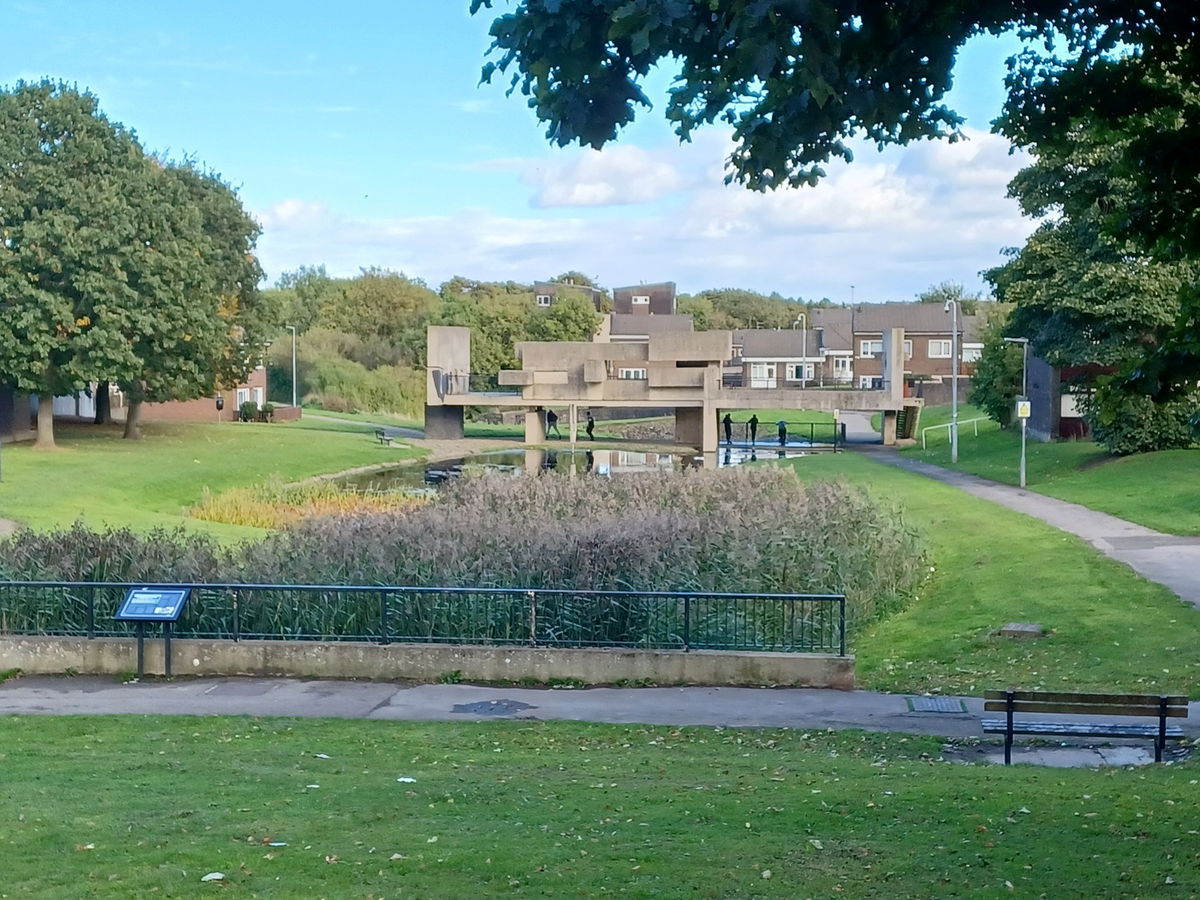
In 1955 the artist and architect Victor Pasmore was appointed Consulting Director of Architectural Design of the Peterlee Development Corporation (PDC). He felt that one of the major issues with Urban Design at the time was that developments lacked an emotional centre, previously provided by Churches. His solution was to design the town of Peterlee around an artwork, big enough to dominate the scene, a sculpture of architectural scale, in this case it was the Apollo Pavilion, opened in 1969 and named in tribute to the world wide optimism following the first moon landing.


Victor Pasmore described it as ". an architecture and sculpture of purely abstract form through which to walk, in which to linger and on which to play, a free and anonymous monument which, because of its independence, can lift the activity and psychology of an urban housing community on to a universal plane.”.

The pavilion is made from reinforced concrete, cast “in situ” (on site), consisting of large geometric planes of white concrete, with only two oval murals as decoration. The sculpture spans a small lake that also frames a geometric statue, also by Pasmore, providing a pedestrian link between the two halves of the estate. The sculpture can be described as Brutalist.

Brutalism rose from the rubble and debris in European cities after World War II. After the war, reinforced concrete opened up new sculptural possibilities and housing blocks and public buildings constructed in concrete became known as 'brutalist' after the French, 'béton brut', or 'raw concrete'. This bold architectural style swiftly conquered the world and just as swiftly, it fell out of favour.

As a result the pavilion almost instantly became the focus of local complaint, with even local Councillors mounting campaigns against it. Youths began to hang out there and it became covered in graffiti, though this was no concern for Pasmore who felt the graffiti had humanised the piece, and following the demise of PDC the local council refused to maintain it and it fell into disrepair.
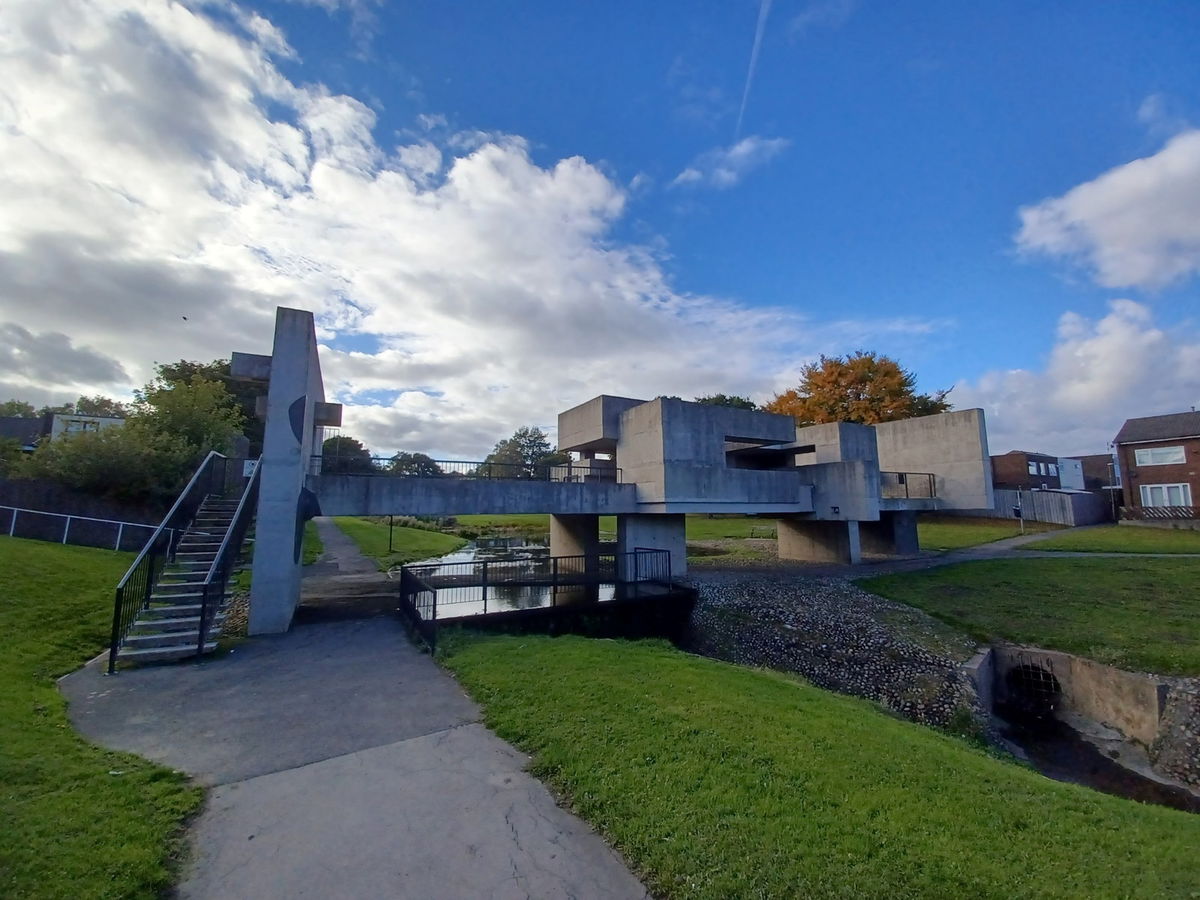
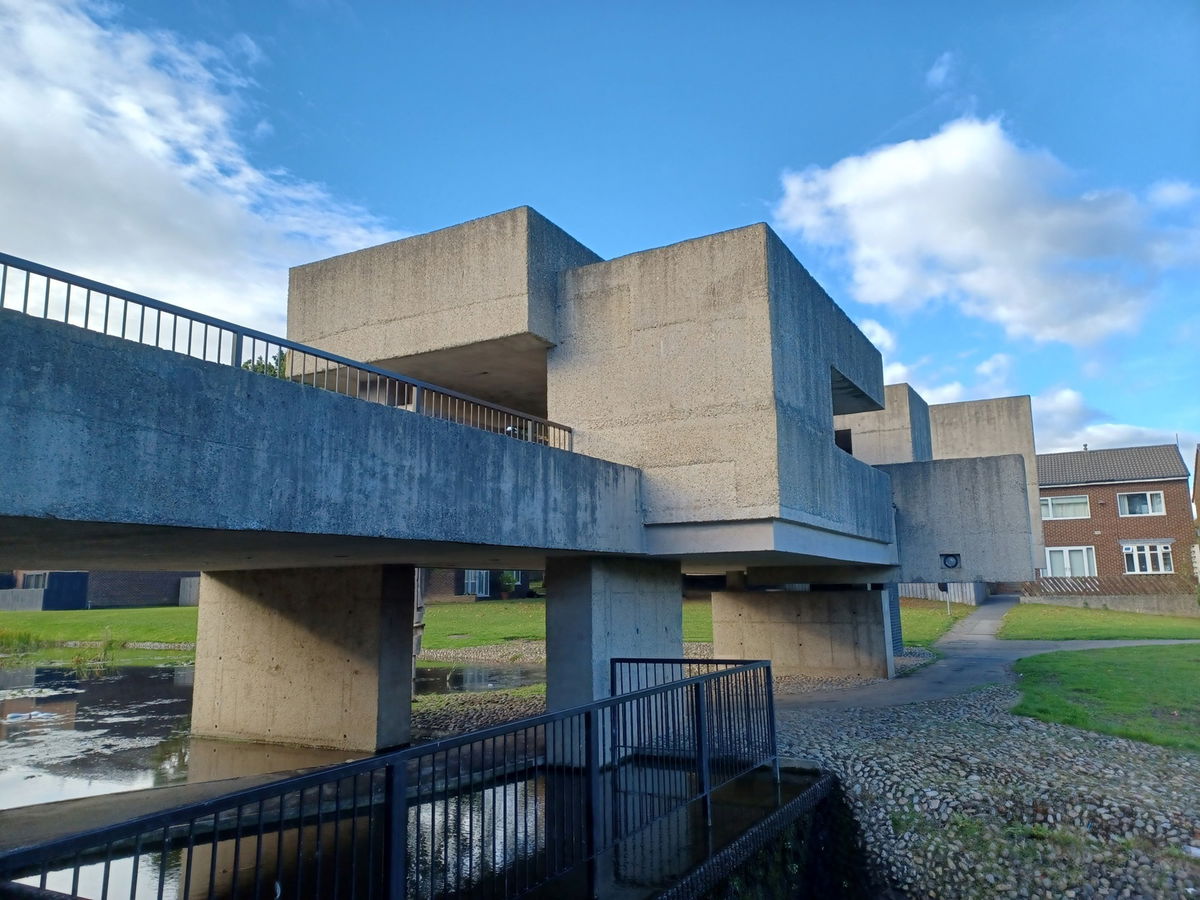
In opposition to the campaigns against the pavilion a Friends Group was set up and various proposals put forward to restore the piece but these never really got off the ground, but slowly things began to turn for the Apollo Pavilion. In 2006 road signs were installed pointing people towards the sculpture and in 2008, at a meeting held at the pavilion, it was agreed that lottery funding would be sought to fully restore it.
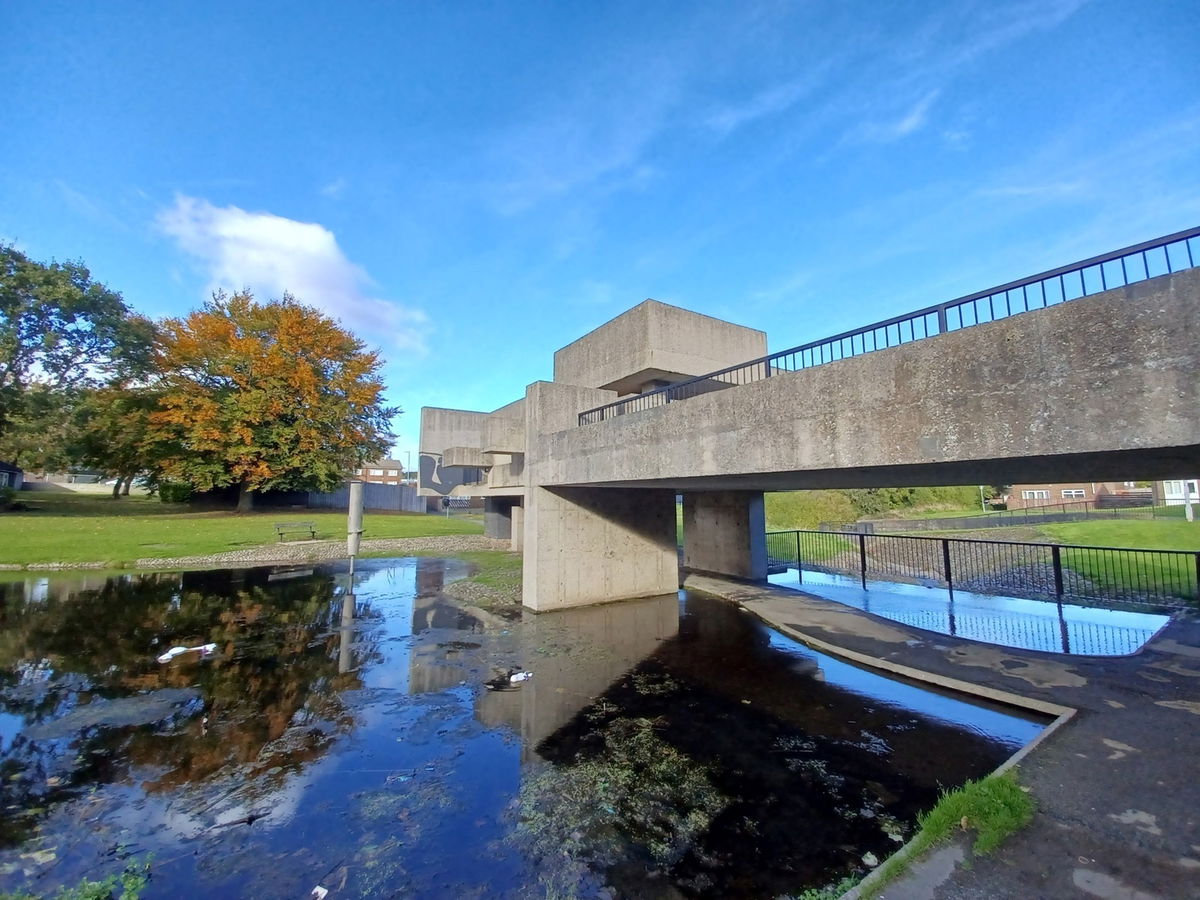
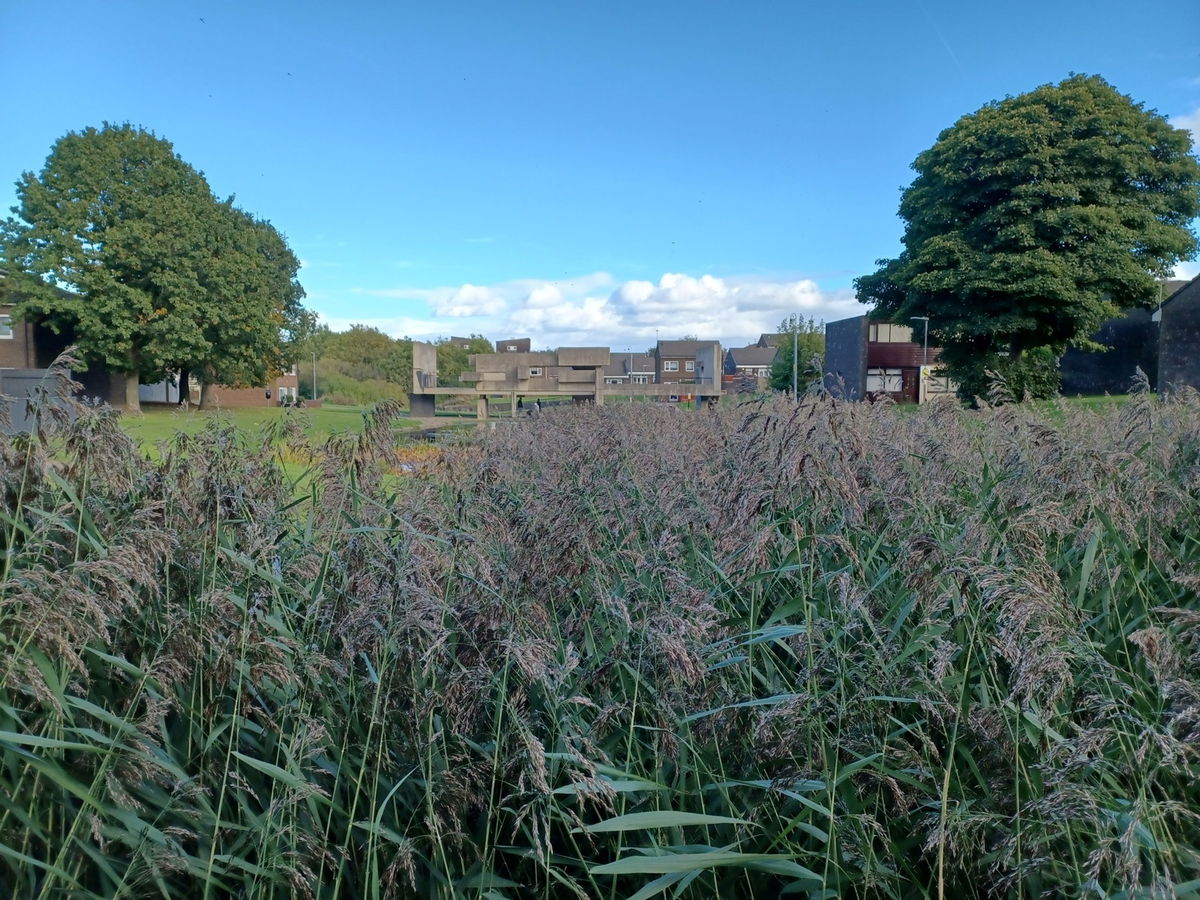
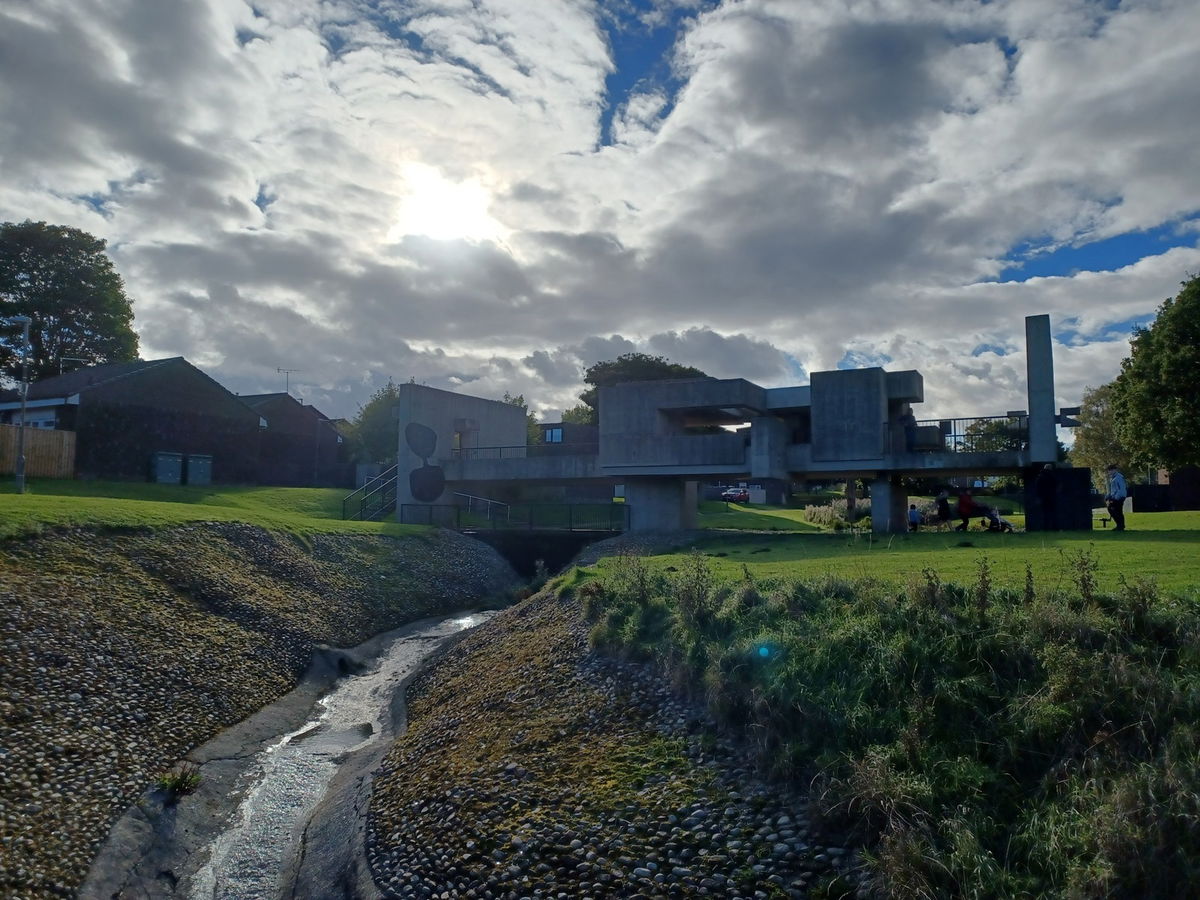
Sunday July 11, 2009 at 4pm saw the official unveiling of the Apollo Pavilion, after £400,000 was spent on its restoration. The stair access was restored, as well as feature lighting and both murals. £336,000 of the funds came from the Heritage Lottery Fund, while the remaining £65,000 was provided by Durham County Council. Unveiling the commemorative plaque, John Pasmore, Victor's son, said, "I am delighted the pavilion has been restored to its original state and once again reflects my father's vision.".
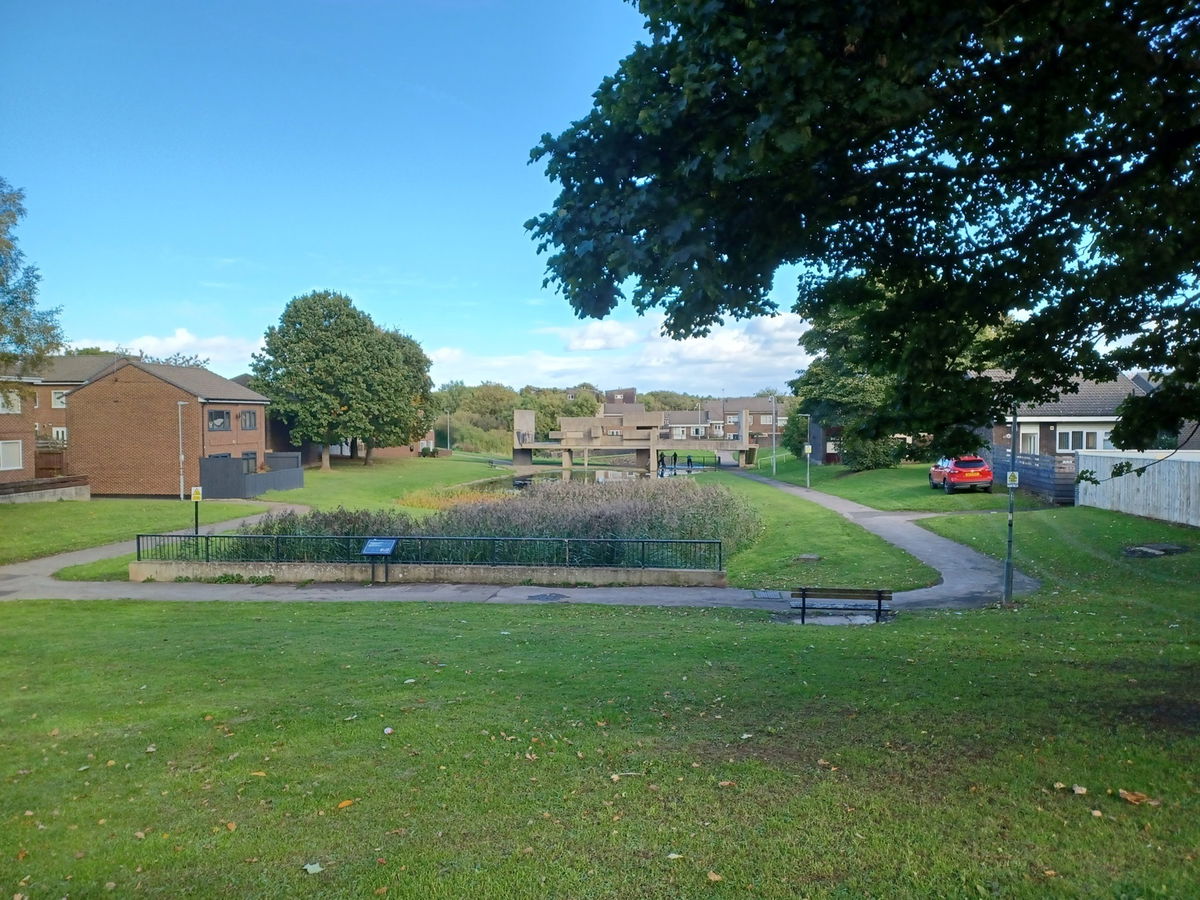
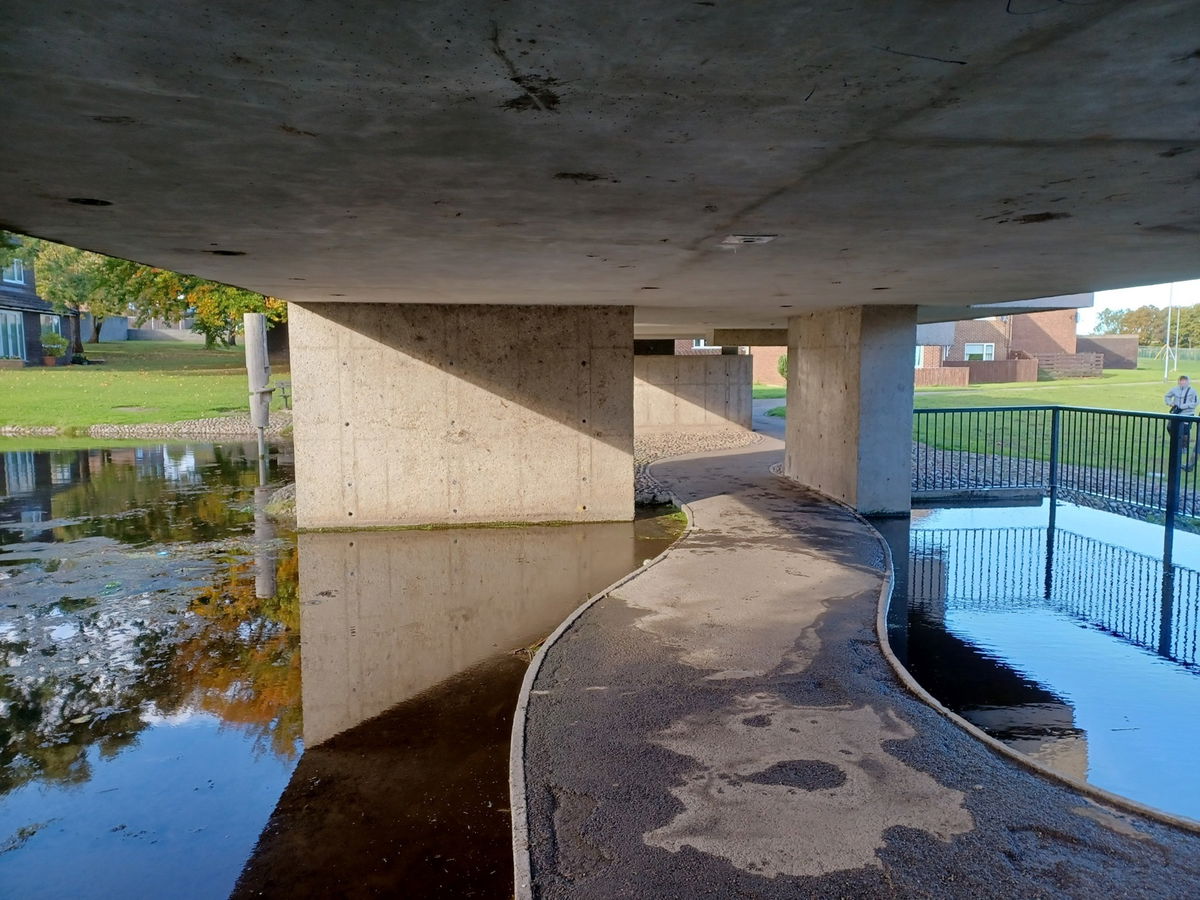
In December 2011 English Heritage gave the pavilion a Grade-II* listing. While its brutal style may not be to everyone's taste it remains a striking and rare, UK example of a large scale experiment in urban design, architecture and art and it will always get people talking!.
Get 3 points if you have visited this place. Already visited by 67 VIPs.
Login to the VIP area to add places to your bucket list, mark them as visited and more importantly see where you rank on the league table.
How To Find Apollo Pavilion
Where Is Apollo Pavilion?
Lat / Long
54.749933, -1.345595
What three words
Where To Park For Apollo Pavilion?
Lat / Long
54.749447, -1.345502
What three words
Parking is available in a layby on Oakerside Drive around 50m from the Pavilion.
Contributed by Andrew Gardner
I love being outdoors, in nature, and experiencing the relaxation it brings. Wandering through the northern countryside seeing unexpected buildings, historic places and occasionally surprised wildlife is one of life's great pleasures.
More Places from Andrew
More Places In Peterlee
Find more fabulous places in Peterlee, County Durham and if you know of a place we haven't listed, then let us know.
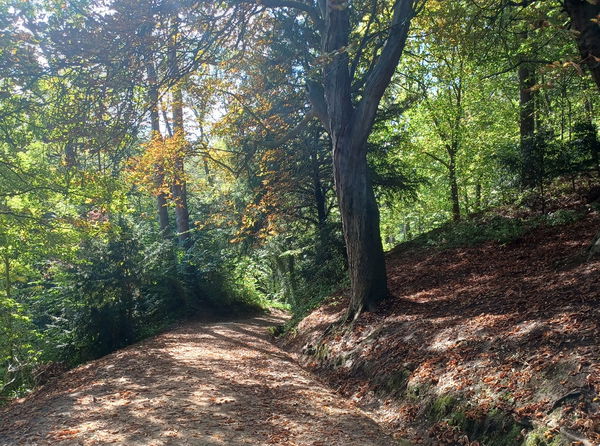
Castle Eden Dene
Landscape Peterlee County Durham221 hectares of woodland, grassland and paths leading to the beautiful Durham coast.
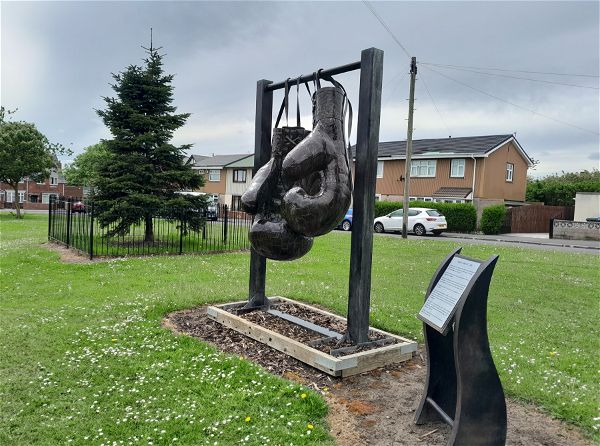
Boxing Gloves
Art Peterlee County DurhamSix foot pair of boxing gloves commemorating the achievements of Maurice Cullen.
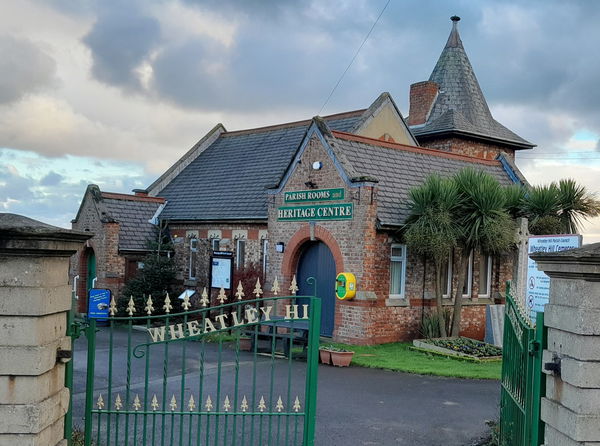
Wheatley Hill Heritage Centre
Museum Peterlee County DurhamOnce a former chapel, but is now a museum, packed full of local heritage.
More Art
So this art wasn't enough and you want more? Don't worry we have you covered.

Athena
Art East Lothian BordersA steel sculpture made from hundreds of interwoven leaves honouring 81 residents of Prestonpans who were executed for witchcraft.
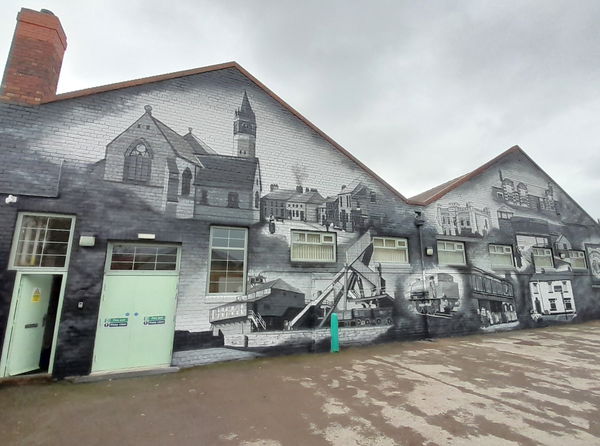
Work, Rest, Pray Painting At Sherburn Village Community Centre
Art Durham County DurhamAn outstanding painting at Sheburn Village by Jordan Stead AKA Twenty Six Studio. It has become the pride of the village.
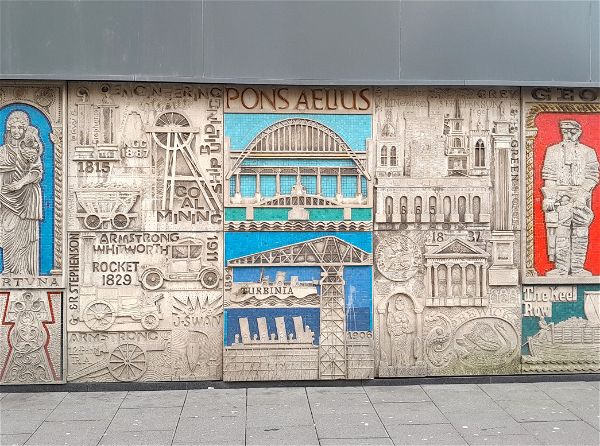
Newcastle Through the Ages
Art Newcastle City Centre Tyne And WearA mural depicting history and noteworthy people and places of Newcastle Upon Tyne.
Never Miss A Fabulous Place
If you are afraid of missing out on all the fabulous places we post, or just want to be the first to know, then sign up to the Fabulous North.
Each week we will email you all the brand new places that we visit.
Sign Up To AlertsFind Us On Facebook
We post all our new places daily on our Facebook Groups page, so join the group today and be notified when we add a new place.
Join Our Facebook GroupApollo Pavilion was listed in Art // County Durham // Peterlee

